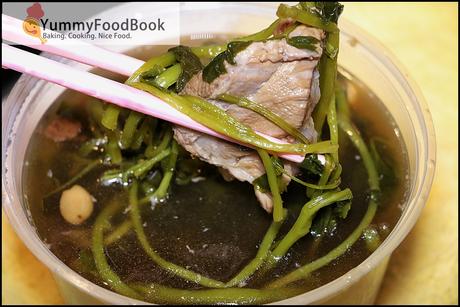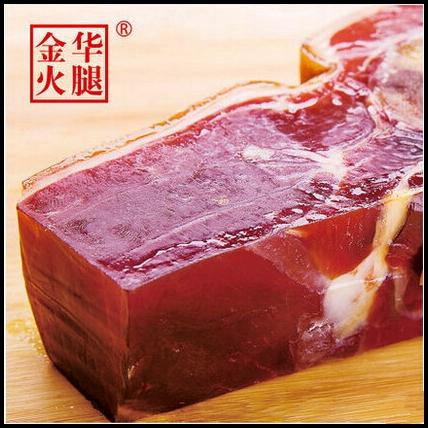
Watercress chinese soup, which is known to have healthy benefits for the lungs.
If the Americans have their comfort soup in a bowl of Chicken Soup, the Chinese can’t do without a bowl of nourishing Chinese soup. It also conjures up comfort and many memories even nostalgia from childhood. Soup has a deep-rooted and endeared food tradition for many races around the world. For the Cantonese famous for their “slow-fire” soups and many other great dishes, family soup is a symbol of many traditions and sharing it with a guest means their acceptance into their family.
Health Benefits of Chinese Healthy Soup
If there is one thing about Chinese soups that makes it great is its health benefits. Traditional Chinese soups are known to be gentle tonics being concocted using fresh vegetables, lean meats or fish, and flavored only by the natural herbs, seeds and spices. It uses many herbal ingredients that provide not only unusual flavors, but a wide array of health and nutrition benefits. Generally, Chinese soups do not use oil, cream, or butter making the soups low sodium, low fat and low calorie.
The Cantonese recipes are known for their health-giving properties. This is something that they practice in making soups and is behind the Cantonese’ slow fire soups aptly called “Chinese Food Therapy.” The health benefits and properties are numerous. These can range from detoxification to nourishing of body cells. These can promote blood health to boosting of the Qi, to restore internal yin-yang balance responsible for many ailments.
The Chinese Food Philosophy
From a Chinese medicine standpoint, food fills one’s stomach to battle hunger and to protect the body against many diseases. Using the right ingredients, foods are a nurturing agent with defensive and healing powers to stop disorders and diseases on their tracks. In the Cantonese tradition, this is best done by painstakingly brewing the food and herbs for 2 – 3 hours at least. This method of cooking releases the essence and nutrients of the ingredients more efficiently into the soup.
This is the philosophy behind slow cooking upon which most Chinese soup is made. Thus, the healthy Chinese soup is an excellent and most natural way to strengthen one’s immune system and general health. This is also why Chinese soups are regarded as tonics for healthy and graceful aging as well.
Traditional Soup Stock in Chinese Cuisine
Many basic stock soups can serve as a base for other soup Chines healthy soup recipes. To make “ertang” or a thinner broth, the Chinese stocks can be recooked. Here are some of the famous Chinese soup stocks:
- Superior Broth/stock – This is a rich and dark broth made from Jinhua ham and chicken. This savory broth is used as a base in concocting many expensive soups – wonton soup or shark fin soup.
- White broth – This is made from pork bones that have been briskly boiled for several hours. The resulting rich white milky broth that you see in ramen and is used often in ramen eatery joints.
- Fish broth – This is a thin milky broth with a rich and sweet umami taste. This is made from fish that have been fried and then boiled for several hours.
- Chicken – This basic broth can be used as a base in creating many Chinese soups. This is generally heartened with Chinese herbs such as licorice root and wolfberry.
- Pork broth – This soup base is made from lean pork that is usually simmered under low heat for several hours. This slow-cooking soup is made savory and rich with roots and dried herbs, vegetables, shiitake mushroom, white fungus, or wood ear.

This is a Jinhua Ham, an ingredient commonly found in Chinese cuisines. (Image: EF, aliexpress.com)
Chinese or not, you can always take advantage of a Chinese healthy soup that has been infused with so much goodness. It is, after all, an ancient and time-honored tradition that can wonderfully make an unwell person feel better, comfortable, and looking forward for another bowl. It could be the Chinese soup healing powers at work.

